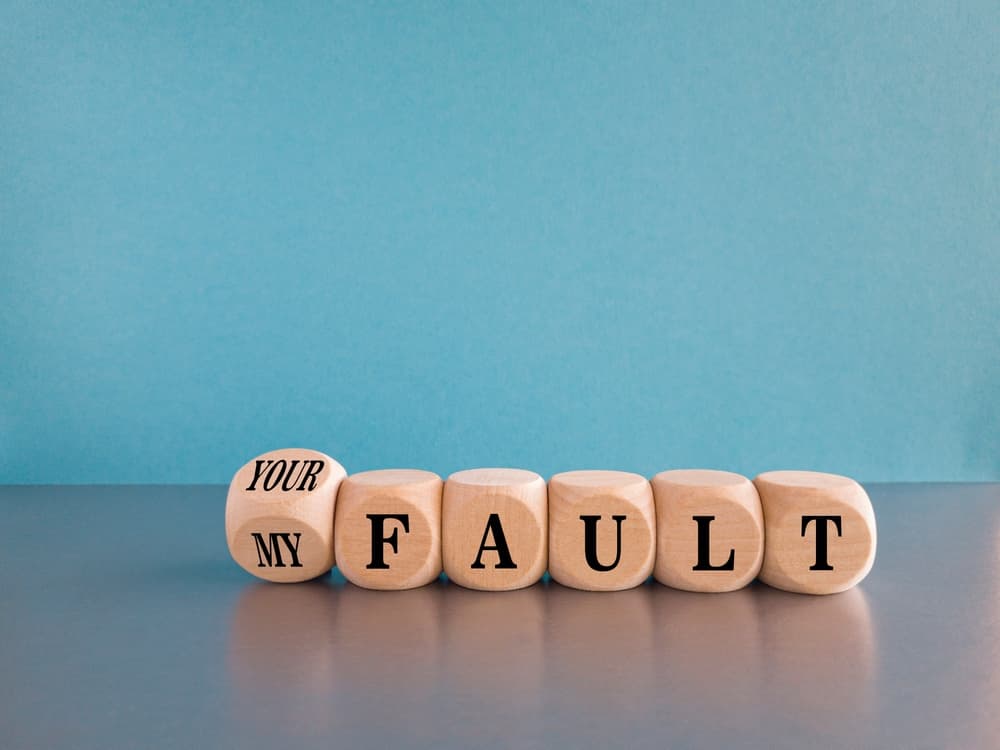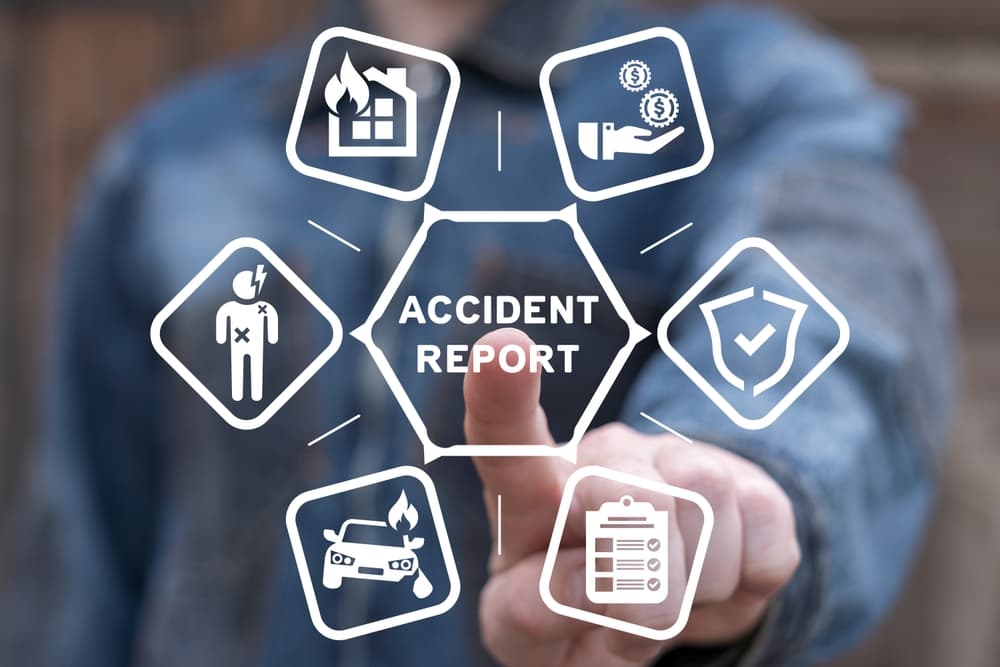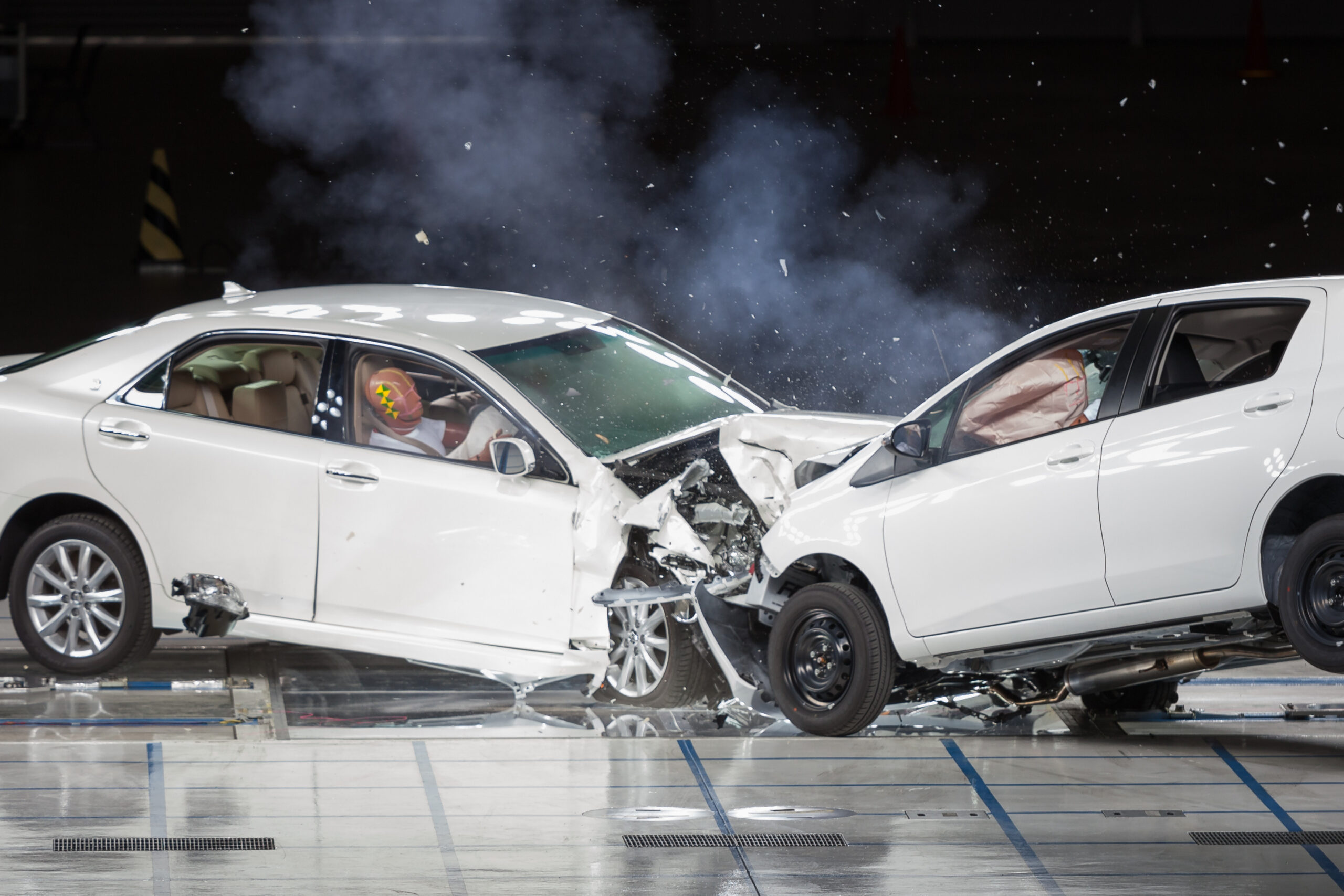What’s ‘Judicial Notice,’ and What Impact Can it Have on My California Auto Accident Case?
If your opponent in your auto accident case asked the court to take “judicial notice” of a document, would you know what that meant? Would you know how to respond? Even many very intelligent and educated people would probably answer “no” to those questions. However, these kinds of evidentiary decisions can make or break an injured person’s personal injury lawsuit. That’s why it is so important to have the representation of a skilled California car accident attorney in your case.A dispute over “judicial notice” was at the center of one woman’s recent auto accident case. The accident, in which Marie suffered injuries, happened on May 20, 2014. Whenever you are injured in an auto accident, there is the possibility that there may be multiple people and entities that are liable for the harm you suffered. The facts of your case likely will permit you to sue the driver. If the owner is someone other than the driver, this may represent a second possible defendant. If the driver was “on the job” when the crash occurred, you may also have a claim for liability against the employer.
Regardless of the number of people or entities you are suing, it is important to act with all due speed. If you file your lawsuit after the deadline (the “statute of limitations”) has expired, you are not entitled to any compensation, no matter how strong your proof is. So what do you do if you are reaching the end of the statute of limitations period, and you don’t know the identities of some people who could be liable?
In Marie’s case, she sued on May 12, 2016. She sued Evelyn, who was the driver who hit her. She also sued Eduardo and “Does 1 to 100,” who allegedly were the owners of the vehicle and who negligently entrusted the auto to Evelyn prior to the crash. (The law permits you to sue “John Doe,” ‘Jane Doe,” or “Does 1 to X” if you have identified a potentially liable party but do not know that party’s name.)
In the following April, Marie identified Florence as “Doe 1.” This addition occurred two years and 11 months after the accident. The statute of limitations establishes a two-year period for auto accident cases alleging negligence. Based on that, Florence asked the court to dismiss her from the case, arguing that the addition naming her was barred by the expiration of the statute of limitations’ deadline.
A key piece of evidence Florence cited was the CHP accident report. That report said that Florence was identified as Evelyn’s passenger and that Florence had provided her name, address, and date of birth to the CHP officer.
Florence asked the judge to take “judicial notice” of the accident report. When it is unnecessary to introduce proof of an issue of fact or law, the court may simply take judicial notice of that. For example, a court could take judicial notice of the fact that January 1, 2018 was a Monday, without needing to receive proof on that topic.
The trial judge took judicial notice of the accident report and ruled in favor of Florence on the dismissal request.
This, according to the appeals court, was an error. Neither police accident reports nor the statements contained in them are the sorts of things of which a court may take judicial notice. Police reports are reasonably subject to dispute, according to the California courts.
That meant that Marie was entitled to continue proceeding against Florence (and the others) in her injury case.
For your auto accident litigation needs, contact the skilled San Mateo car accident attorneys at the Law Offices of Galine, Frye, Fitting & Frangos. Our attorneys have been helping injured people utilize the legal system successfully for many years. To set up a free consultation with one of our experienced attorneys, contact us at 650-345-8484 or through our website.
More Blog Posts:
Dealing With a California Injury Case When the Person Who Hit You Dies Shortly After the Accident, San Mateo Injury Lawyers Blog, published May 9, 2018
Your Legal Options if You are Hurt by a Self-Driving Vehicle in an Accident in California, San Mateo Injury Lawyers Blog, published April 6, 2018
YOU MIGHT BE ALSO INTERESTED IN
Who is At Fault for…
Some auto accidents put us at a higher risk of serious injury than others. T-bone collisions are one…
View PostWhat Can a Lawyer Do…
Another car hits yours and injures you. You need significant medical treatment and must take time off work.…
View PostThe Lethality of Head-on Auto…
Federal Highway Administration (FHWA) statistics show that head-on crashes are among the most damaging varieties of collision. More…
View Post

